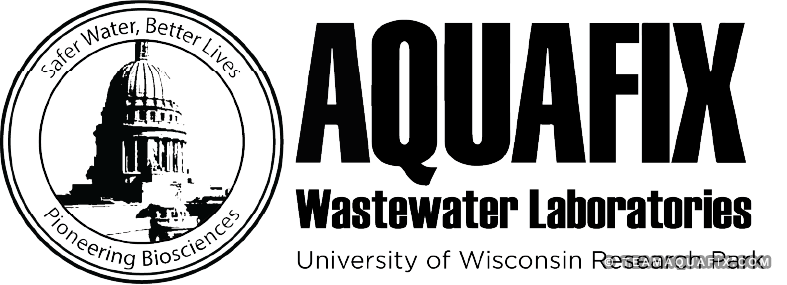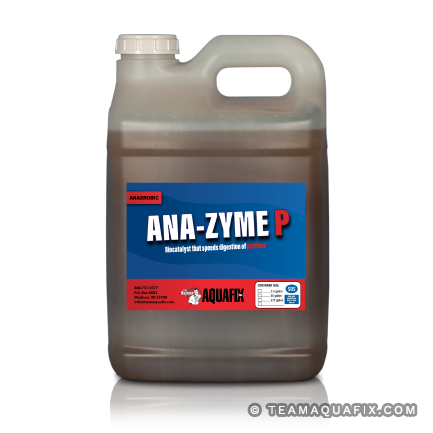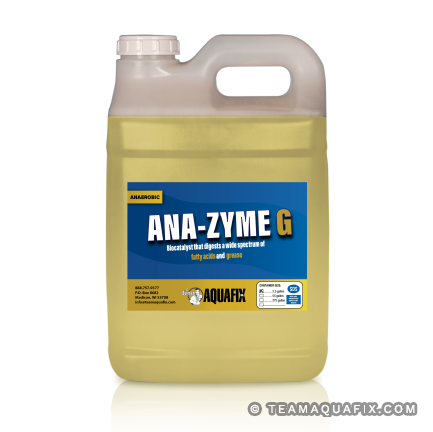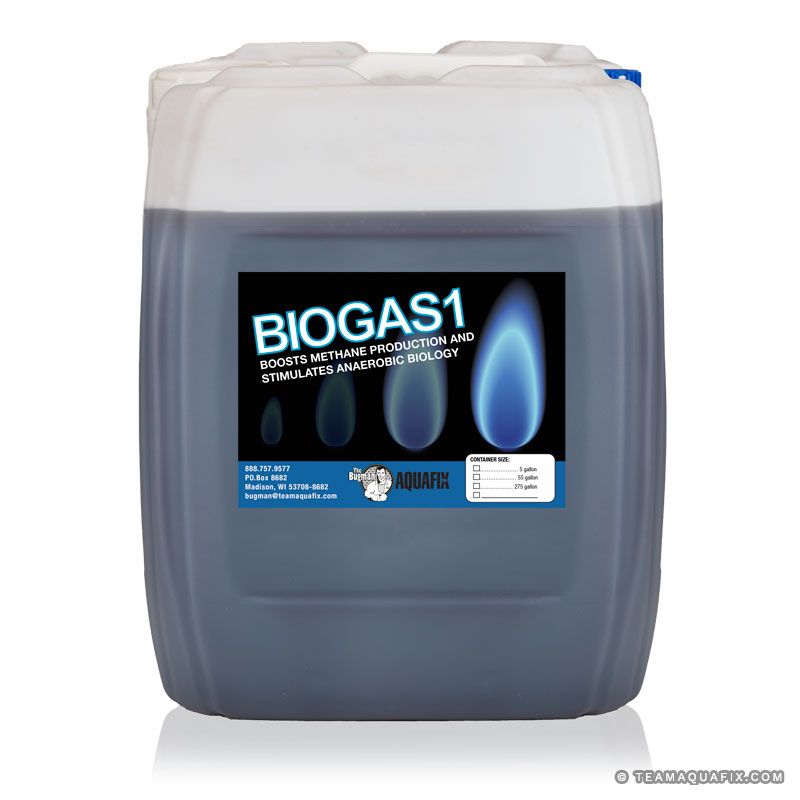
Digesting Feedstocks For Improved Biogas Production
by Kevin Ripp, Dan McKeaton, & Chris Grove
In this event, Kevin Ripp, Director of Science & Innovation, Dan McKeaton, Director of Wastewater Education, and Chris Grove, Technical Sales Consultant, will answer audience questions relating to understanding anaerobic challenges when degrading feedstock to produce biogas. For additional information or questions, please contact us at 888-757-9577 or training@teamaquafix.com.
Timeline:
02:48 Overview
03:35 Organisms in Anaerobic Digesters
06:36 Types of Digesters
10:22 Anaerobic Digester Environments
15:26 Feedstocks of Concern
16:28 Other Considerations for Feedstock
22:23 Ana-Zyme G on mixed Dairy with Cream Study
26:33 Quik-Zyme D, Ana-Zyme P, Micronutrients with Dairy Manure Study
30:25 Micronutrient Supplementation: BioGas1 Studies
33:32 Ana-Zyme G
35:46 Ana-Zyme P
36:16 DeFoam 3000
38:38 Anaerobic Food Supplement
40:42 Boost n Lock
42:01 Magnesium Hydroxide
42:52 BioGas1
43:53 Anaerobic Chemistry Screening
47:51 Q&A
Dynamic Duo
- Speeds the breakdown of proteins into amino acids
- Lowers levels of volatile solids and improves biological methane potential
- Works between 59 -140°F (15-45°C) and between pH 6.0 and 8.5
- Provide more consistency in operations and methane generation
Ana-Zyme G
- Quickly converts grease (long chain fatty acids) into methane gas
- Allows anaerobic systems to accept higher levels of grease into their processes
- Works between 15°C and 60°C and pH 6.0 and 8.5
BioGas1
- Boosts methane production by providing a consistent source of bioavailable micronutrients to methane forming archaea
- Provides consistent volatile solids conversion, a healthier population of methanogenic archaea, and a better quality of biogas production
- Contains ten soluble micronutrients that help convert acetate into valuable methane gas



